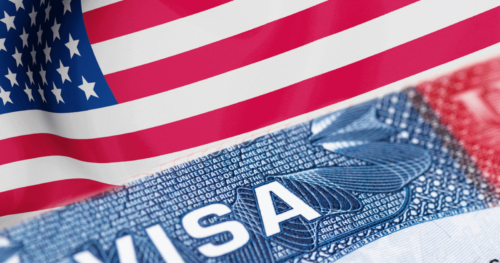Rama Krishna Sangem
India revived hopes of signing a mini-trade deal with the US before August 1, deadline set afresh by President Donald Trump. Earlier deadline for imposing reciprocal tariffs was July 9, but it is now extended to August 1, as negotiations are in the process. This time, India is moving with caution and care to see that trade with America is safe while Indian interests are not compromised.
After the US extended the deadline for reciprocal tariffs to August 1, a team of Indian trade negotiators led by Special Secretary Rajesh Agrawal may travel to America next week to iron out pending issues holding back the interim trade agreement, a government official told The Indian Express.
“A proposal for a fresh round of trade negotiations with the US has been sent to the top brass of the government,” the official said. “The trade negotiators are confident that the differences with the US team on agriculture will be bridged in the upcoming round, as there is already broad consensus on the subject between the two teams,” the official added.
The likelihood of an interim trade deal being finalised soon is high, especially after the US announced 25-50% tariffs on nearly 20 countries, including Brazil, Bangladesh, Malaysia, South Korea, and Japan. However, US President Donald Trump has not yet imposed tariffs on the European Union and India.
Give and take approach
Indian negotiators have reportedly offered substantial market access to US products in most sectors, excluding sensitive areas like dairy and agriculture. In return, the US is expected to offer lower tariffs on labor-intensive sectors such as textiles and footwear.
On July 7 Monday, President Trump said that the US is close to signing a trade deal with India. A comprehensive bilateral trade agreement (BTA) between both the countries is expected to be signed by October when Trump will come to India to participate in Quad summit. The overall aim of the deals is to reduce the US trade deficit with India – which is around 40 billion US dollars as of now, to the maximum possible extent. That means, India will buy – import – more US goods while protecting its exports to that country.


